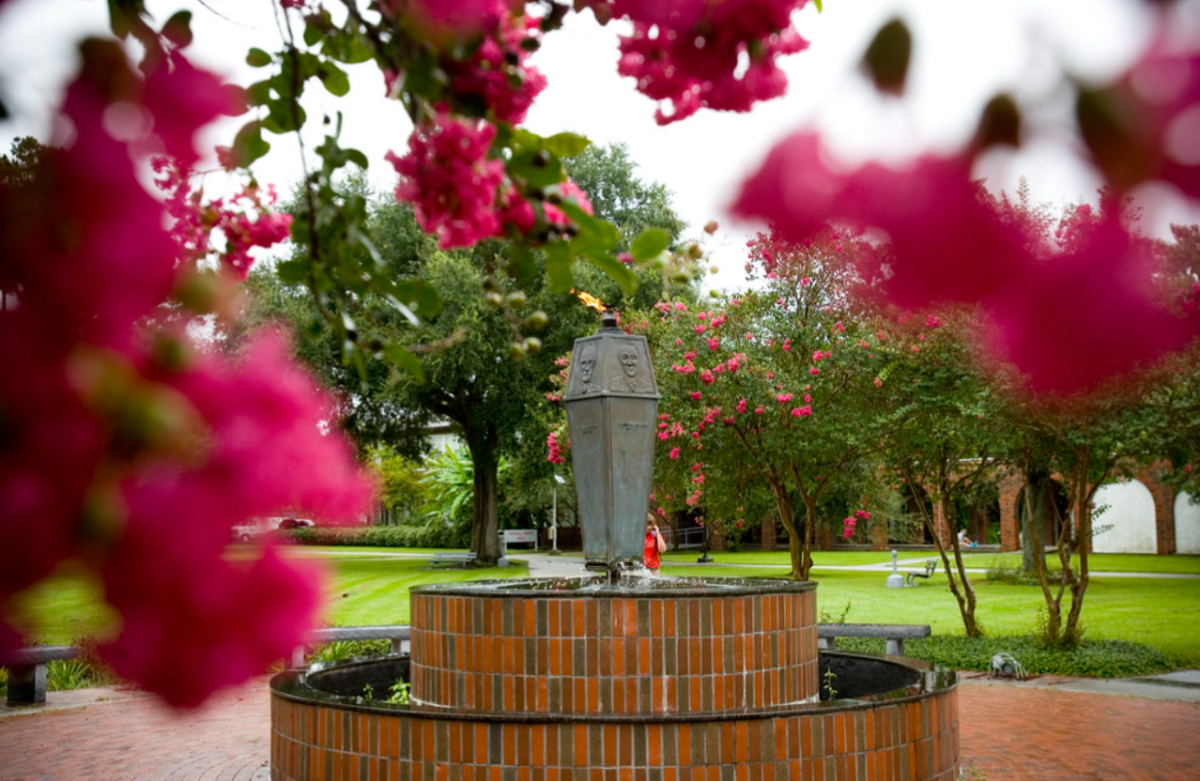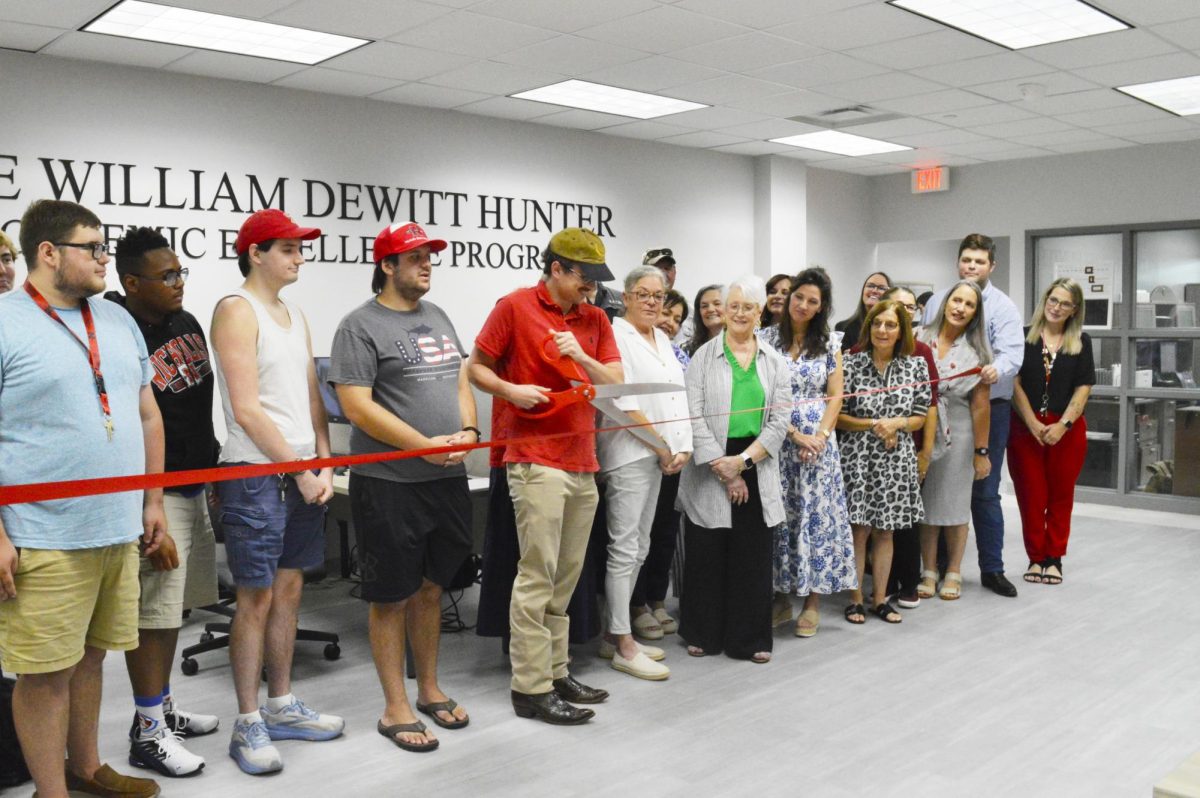In the past six years, eligible faculty members have received pay raises four times. “These pay increases varied from a couple of percent to 6 percent increases, to a one time 12 percent increase,” Larry Howell, assistant to vice president for academic affairs and assessment and institutional research, said.
This year eligible faculty members received a 6.75 percent merit pay increase.
“To be considered eligible, a faculty member gets evaluated based on a calendar year, which is January through December. All of the pay increase was based on merit and evaluations,” he said.
“The only faculty members that were considered eligible were those who had had a full evaluation. So, they had to have been here prior or by Jan. 2000,” Howell said.
For one pay increase, the state said there would be a 4 percent increase across the board, and the University could use the rest of it in any way wanted. Nicholls decided to use it as a merit increase for faculty pay, Howell said.
“This money was state appropriation; it was from money from the state that was dedicated to faculty salaries,” he said.
A bill was proposed by the education community and the Board of Regents asking for funding for faculty pay raises all over the state. The bill made it through legislature and was signed by the governor, Howell said.
“Faculty pay raises are a big priority for Nicholls, he said.
“We try to recruit and retain good faculty, and to do that you have to be competitive in the marketplace and one of the best ways to be competitive is to have competitive salaries,” Howell said.
Within its sister schools, Nicholls is competitive, although it is not the highest. Nicholls is small when compared to University of Louisiana at Lafayette or Louisiana Tech, Howell said.
“I have not seen data, but historically our salaries have been competitive with the other schools. I don’t know what they ended up with after this last pay raise,” he said.
One objective Nicholls has is to maintain a higher percentage of funding to go towards instruction than the average in the Louisiana system, Howell said.
The legislature has increased pay two to three times, but this recent merit increase was state funded and amounted to nearly $1 million.
Not all faculty members received this merit pay raise.
“There were 245 that were eligible, and all of them received the merit increase. There were 30 something that were not eligible because they had not been here a year and a half,” Howell said.
The biology department, however, received a different kind of pay raise. This amount, although given out over a shorter period of time than other departments’ merit raises, balances out and equals the amount that other faculty members receive over a longer period of time.
“As part of them being DEFE, our proposal to get DEFE funding for them from the Board of Regents was in a two year period to get them up to southern average for their rank in our department,” Howell said.
“So, we funded those increases, which in most cases was higher than what they would have gotten if they would not have been in DEFE.”
An agreement was made with the department that the University would help to bring them up to the southern average in two years, but that the faculty members would not be eligible for merit increases until the sum of what they would have gotten for merit had caught up, he said.
Pay raises do have effects on faculty retention.
“You are going to lose some faculty because they will get better offers elsewhere, it is kind of the nature of the beast,” Howell said.
For more money, teachers will make themselves more mobile, and there are some that do go from one university to the other, he said.
“We are getting closer to being competitive within the southern region for schools our size,” Howell said.
“Our faculty with this latest pay increase will be about 93 percent of the average of the southern region, which is not too bad for a school that is funded at about 65 percent to 70 percent of the southern region average by the state.”
Out of 290 faculty members, 274 returned this year, but this varies from year to year, he said.
“When we say teachers, I am talking about librarians are classified as faculty, that includes librarians and library associates. Those kinds of people are included because they have faculty rank but they do not teach classes, they are non-administrators,” Howell said.
Faculty retention is broken down into how many years a faculty member has been on staff at Nicholls.
Based on the budget, for July 1, 2001, there were 24 faculty positions that were in the budget, funded, but not yet filled, he said.
“Eighty-five of our faculty have been here either just starting or up to five years, another 52 for five to ten years,” Howell said.
As the years increase, the faculty members who have stayed here decreased.
“You have a lot on relatively new faculty, and when you get up there into more years, it drops considerably, and I don’t know that it is part of a pay issue. I mean we loose some young faculty because of pay, but others leave for whatever reason,” he said.
Faculty members may leave for better job opportunities, others leave to move into administration, he said.
“We also have here, I think, our culture,” Howell said.
“You have to feel like you are part of a community, and the faculty that feels like they are part of this general community stay, for the most part.”
Howell said faculty members that have some kind of ties to Nicholls or ties to the community are the ones who stay.
“You like the community, and you stay,” he said.







